Money, Income and Rational Expectations in Indian Economy
In stock
This book deals mainly with econometric work between output and money supply in India for the period 1950-91. The author follows the works of rational expectations like Lucas, Sargen, N. Wallace. Expectations are given weightage in determining the output with the supply of money. The money supply over the period is divided into two parts ; anticipated part and unanticipated part. This book devotes an in-depth study to examine how far and to what extent the output growth is related to the variation of anticipated and unanticipated parts of money supply in the long run as well as in the short run in the Indian economy. It has sought to detect and identify several sub-periods in which structural changes in output-money supply relations have occurred. The sub-periods, where distinct changes in the association among concerned variables are discernible, may be taken for turning points in the relationship under study. The relations between output and different parts of money supply (anticipated and unanticipated) are sought to be studied over the sub periods identified. This book concludes with a suggestion that the picture obtained under research does not tell us to draw a firm conclusion about the effectiveness of monetary policy for the period concerned. There is a need for further research with the extension of data set to draw a firm conclusion over this issue.

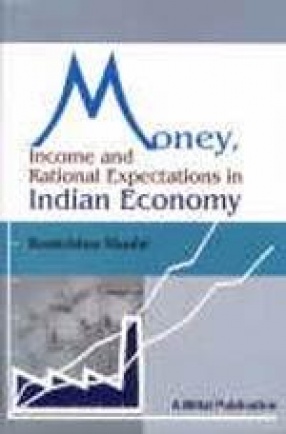
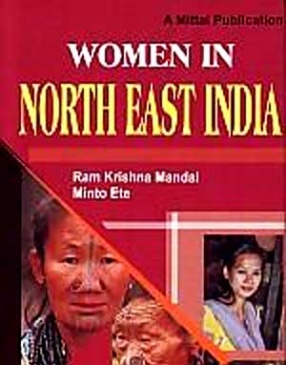
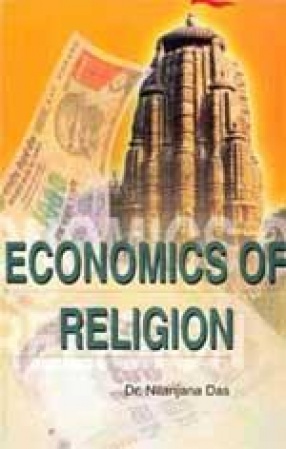
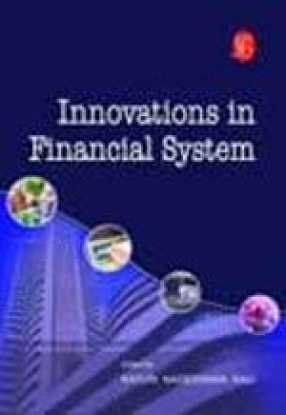
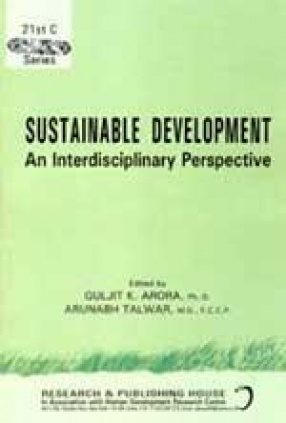
There are no reviews yet.